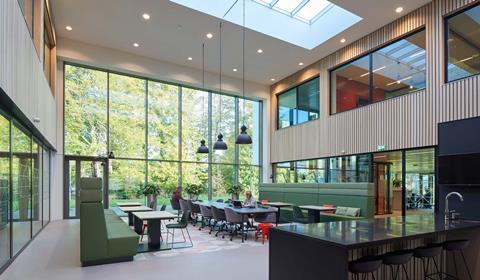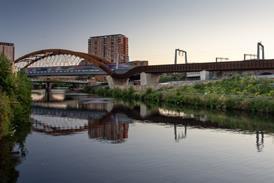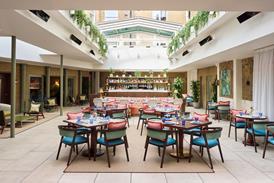

The ‘Indoor Generation’ refers to a growing number of people who spend the vast majority of their time indoors, currently 90% of their lives, living, working, learning and playing, and often in dark, poorly ventilated and unhealthy buildings. This has resulted in an increasing need for innovative and effective solutions that bring increased natural light to the spaces in which we choose to spend the majority of our time.
Daylighting needs - how our circadian rhythms are impacted by daylight
Whilst we have adapted to living indoors, we are essentially still outdoor animals, and our gene code is designed for us to live in a natural environment. Prior to the arrival of buildings our daily lives were determined by the availability of daylight hours, and the qualities of light that signaled changes in weather and in time. Our physiological systems, especially our circadian cycles were in harmony with these diurnal rhythms of daylight, as were our emotional responses to light and darkness (Source: Heerwagen, 2011).
Light is “an acute stimulant that directly alerts the brain” and thus can affect energy levels as well as alertness and productivity. A properly functioning circadian cycle also determines patterns of coordination, blood pressure and cardiovascular activity. It affects mood and influences social behaviours and cognitive performance.
How are our circadian clock is being disrupted through shift work and our 24/7 society
Increasingly our circadian cycles are being disturbed – advanced or delayed – by exposure to light at different times, and our metabolism and behaviour patterns are changing as a consequence. Peter Foldbjerg, VELUX Commercial’s Head of Daylight, Energy & Indoor Climate, laments that we now live in a “social clock society”, a 24/7 society, that has become disconnected from the light and dark in nature. We are living and working in buildings where we are removed from natural daylight, where artificial light is often around 200 lux and rarely exceeds 500 lux, levels which are insufficient to regulate our biological rhythms, which require 1,000 lux. Hence the analogy to the “dim cave”. The inability to provide the occupants of buildings with a well-illuminated environment can result in a detrimental impact on health and productivity, and a “substantial burden on the individual, society and the broader economy.”
The benefits of working in bright and well-ventilated commercial spaces to our overall wellbeing and performance cannot be overstated.
The impact of daylight on occupants in commercial buildings
Research on office buildings has shown that office workers highly value access to a window and to varying degrees of daylight– in a study of 7 office buildings in the Pacific Northwest (source: Heerwagen et al, 1992) more than 83% of the occupants said they “very much” liked daylight and sunlight in their workspace and valued the seasonal changes in daylight. Even in darker locations within a building, the occupants still expressed satisfaction with the daylight level, as long as they could look into a daylit space. In the YouGov survey, 39% of respondents said that daylight significantly impacts on their mood.
To find out more on how to design commercial buildings for improved health and productivity by utilising daylight download your free copy of the whitepaper: “Designing daylight solutions for commercial buildings”.













No comments yet